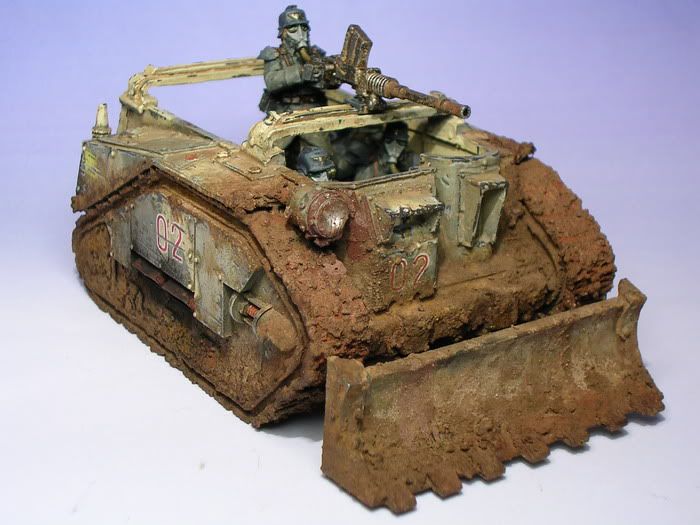 Some people asked me where I did learn all the techniques I shown in the Painting and Weathering Tutorial. There is also some interest about good written material on the subject (AKA: books on paper).
Some people asked me where I did learn all the techniques I shown in the Painting and Weathering Tutorial. There is also some interest about good written material on the subject (AKA: books on paper). Well, those people are lucky because in fact, there is THE perfect book for them. I mean, I have learn a lot browsing the Internet and reading modelling magazines during years. By doing this, you'll finish learning a lot of tricks and techniques that slowly add to you trick bag, but... What if someone just did all that work for you? Even more, what if this particular guy belongs to this very exclusive handful of people we call "The best modellers of the World"?
This guy is Miguel "MIG" Jimenez, one of the artists that daily contribute to push military modelling toward goals not seen before (just check some of his work below and you'll undoubtely agree with me).
"F.A.Q.: Frecuently Asked Questions on AFV Painting Techniques", is a somewhat particular book. You won't find many text there, you'll "just" find 250 pages literally filled by hundreds and hundreds of colour photos depicting detailed step by step tutorials. Those pages cover in a very efficient way, all the tecniques the author uses to create his wondrous works.
I have bought mine about six months ago, and I can say that there is not a day that I do not open it, and read some chapter at random :)
You can find it at Amazon and other online libraries:
Truly recommended for any serious threadhead around!You can find it at Amazon and other online libraries:
























